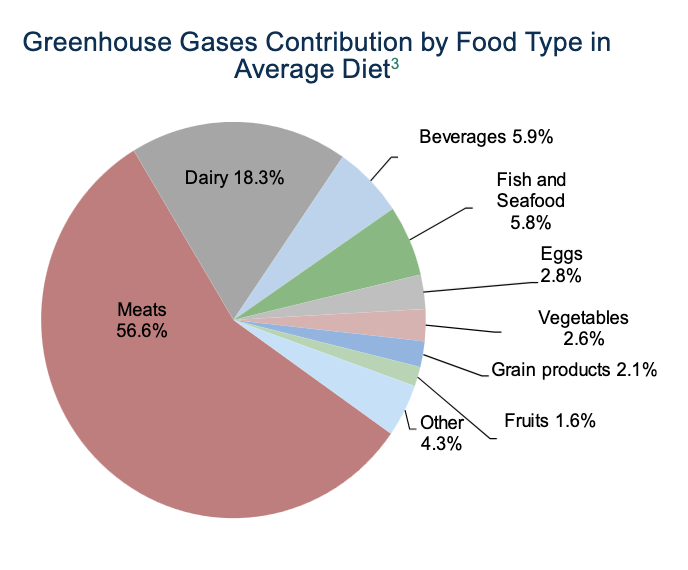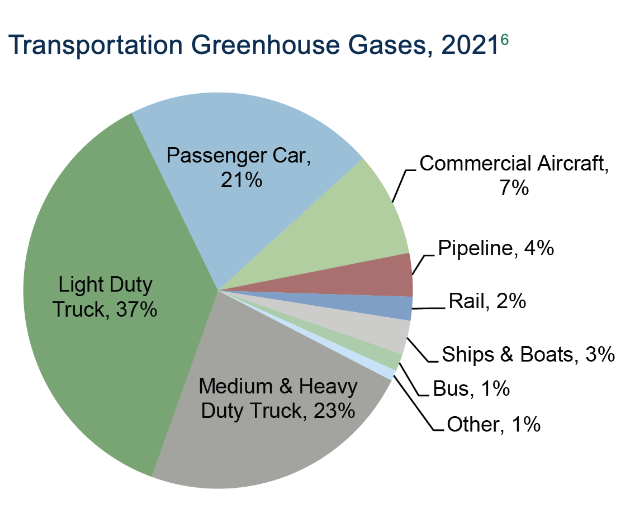One Metric Ton of Carbon Emissions Augmented Reality Project
What is a carbon footprint?
A carbon footprint is the total amount of greenhouse gases (including carbon dioxide and methane) that are generated by our actions. The actions that contribute the most to carbon footprints include transportation, food, and household emissions (electricity).
Why is it important to understand my carbon footprint?
The average American's carbon footprint is 16 metric tons per year, the highest of all countries. One metric ton of carbon is the size of the large digital cube (27 feet x 27 feet x 27 feet) that is displayed as augmented reality when you scan the QR code.
Knowing your carbon footprint allows you to understand the specific actions that you take that contribute to your footprint and can allow you to make choices that reduce your carbon footprint.
How can I calculate my carbon footprint?
It is calculated by summing the emissions resulting from every stage of a product or service’s lifetime (material production, manufacturing, use, and end-of-life). As an example, the in driving your vehicle to work or school, you are using energy, either gasoline (a direct carbon emission) or electric/EV (an indirect carbon emission. The indirect carbon emissions are generally not recognized but include mining or drilling for the raw materials that create the vehicle and fuel and all other processes to get it to you as the consumer.
Estimate your personal or household greenhouse gas emissions and explore the impact of different techniques to lower those emissions:
• U.S. Environmental Protection Agency: Carbon Footprint Calculator
• The Nature Conservancy: Carbon Calculator
• Global Footprint Network
How can I reduce my carbon footprint?
There are many ways to reduce one's footprint. Here are a couple:
-
Reduce meat in your diet and avoid wasting food.
-
Walk, bike, carpool, use mass transit, or drive a best-in-class vehicle.
-
Ensure car tires are properly inflated. Fuel efficiency decreases by 0.2% for each 1 PSI decrease.
-
Smaller houses use less energy.
-
Whether you hand wash dishes or use a dishwasher, follow recommended practices to decrease water and energy use and reduce emissions.
-
Energy consumed by devices in standby mode accounts for 5-10% of residential energy use, adding up to $100 per year for the average American household. Unplug electronic devices when not in use or plug them into a power strip and turn the power strip off.
-
Choose energy-efficient lighting. Switching from incandescent to LED light bulbs saves an average household more than $200/year.
-
Reduce what you send to a landfill by recycling, composting, and buying products with minimal packaging.
-
Purchase items with a comparatively low carbon footprint. Some manufacturers have begun assessing and publishing their products’ carbon footprints.
Did you know?
-
A vegetarian diet greatly reduces an individual’s carbon footprint, but switching to less carbon intensive meats can have a major impact as well. For example, beef's GHG emissions per kilogram are 7.2 times greater than those of chicken.

-
U.S. fuel economy (mpg) declined by 12% from 1988-2004, then improved by 32% from 2004-2021, reaching an average of 25.4 mpg in 2021.14 Annual per capita miles driven increased 9% since 1995 to 9,937 miles in 2019.
-
Replacing the global fleet of shipping containers’ roof and wall panels with aluminum would save $28 billion in fuel.
Data Table:
| Food Type | Percentage |
|---|---|
| Meats | 56.6% |
| Dairy | 18.3% |
| Beverages | 5.9% |
| Fish and Sea Food | 5.8% |
| Eggs | 2.8% |
| Vegetables | 2.6% |
| Grain Products | 2.1% |
| Fruits | 1.6% |
| Other | 4.3% |

-
Space heating and cooling are estimated to account for 44% of energy in U.S. residential buildings in 2023.
-
Covering 80% of roof area on commercial buildings in the U.S. with solar reflective material would conserve energy and offset 125 Mt CO₂ over the structures’ lifetime, equivalent to turning off 34 coal power plants for one year.
Data Table:
| Transportation Type | Percent |
|---|---|
| Light Duty Truck | 37% |
| Medium & Heavy Duty Trick | 23% |
| Passenger Car | 21% |
| Commercial Aircraft | 7% |
| Pipeline | 4% |
| Rail | 2% |
| Ships & Boats | 3% |
| Bus | 1% |
| Other | 1% |
Source: Center for Sustainable Systems, University of Michigan. 2023. “Carbon Footprint Factsheet.” Pub. No. CSS09-05.
The One Metric Ton of Carbon Emissions Augmented Reality Project was created at California State University, Stanislaus by Eric Greenberg, Programmer/Analyst in the Office of Information Technology, and Jake Weigel, Founding Director of the Warrior Fab Lab and Associate Professor of Art.
Updated: March 18, 2024